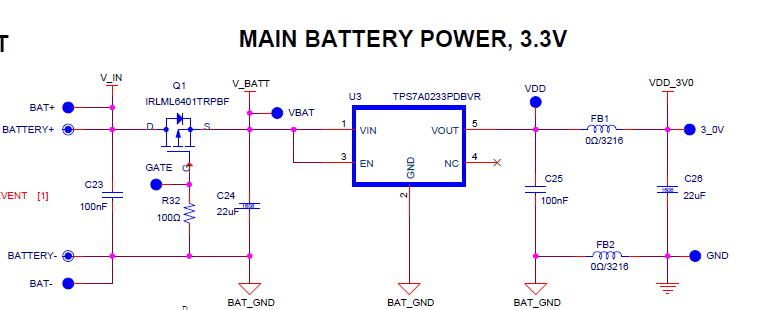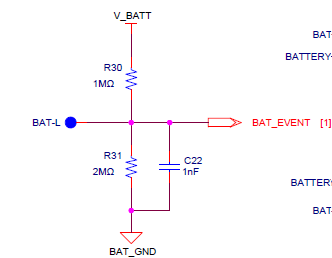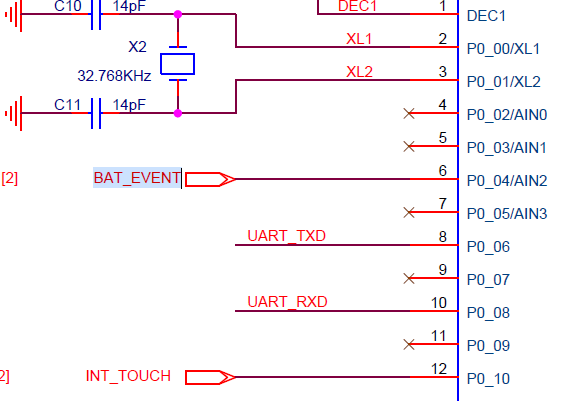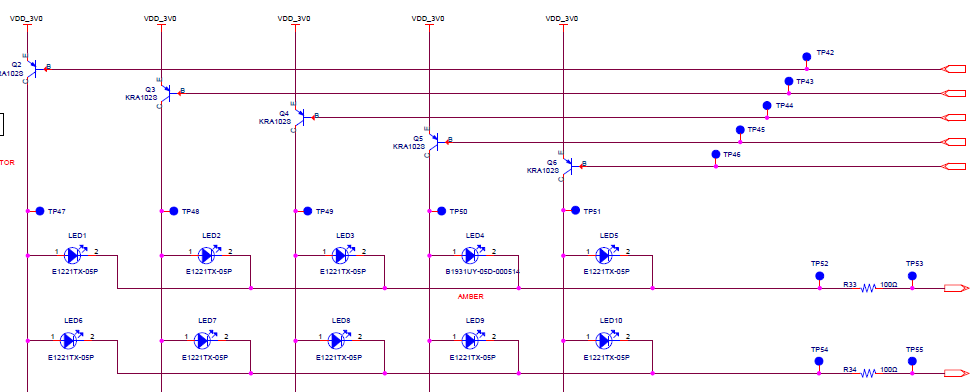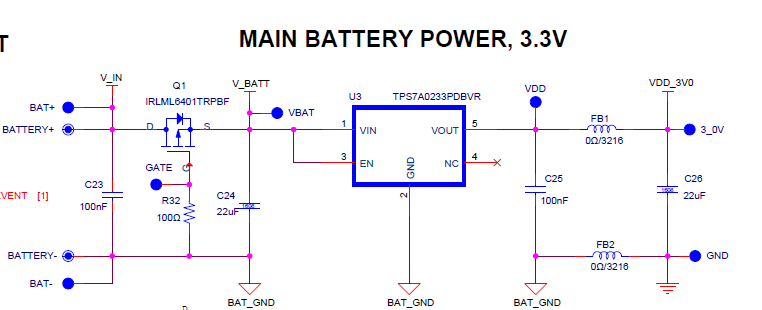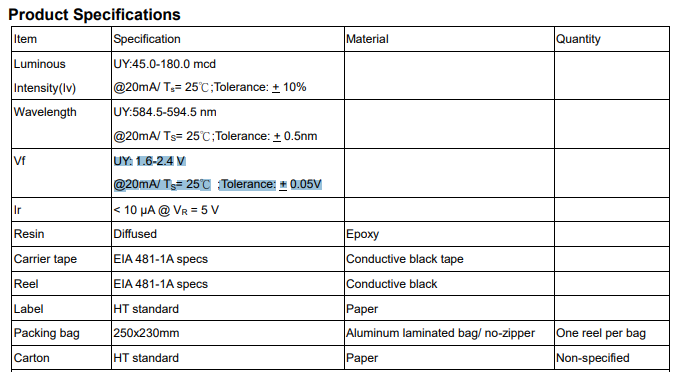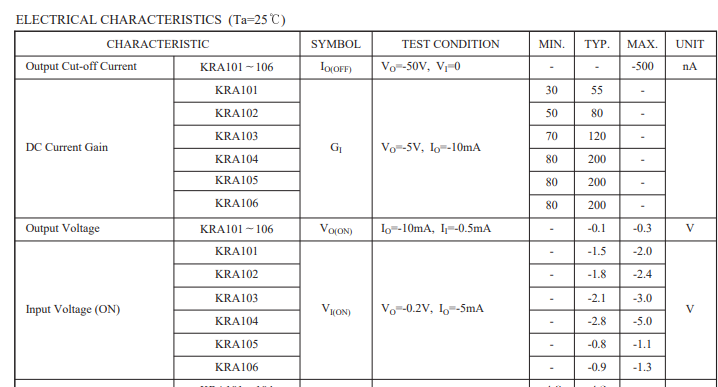HI
We are mass producing products using nRF52832.
However, during production, a PCB was found to not detect low battery voltage for about 5%, so we are inquiring about it during review.
1-1) The circuit configuration is as follows.
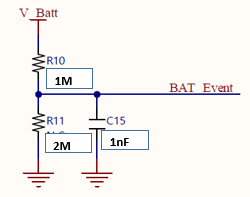

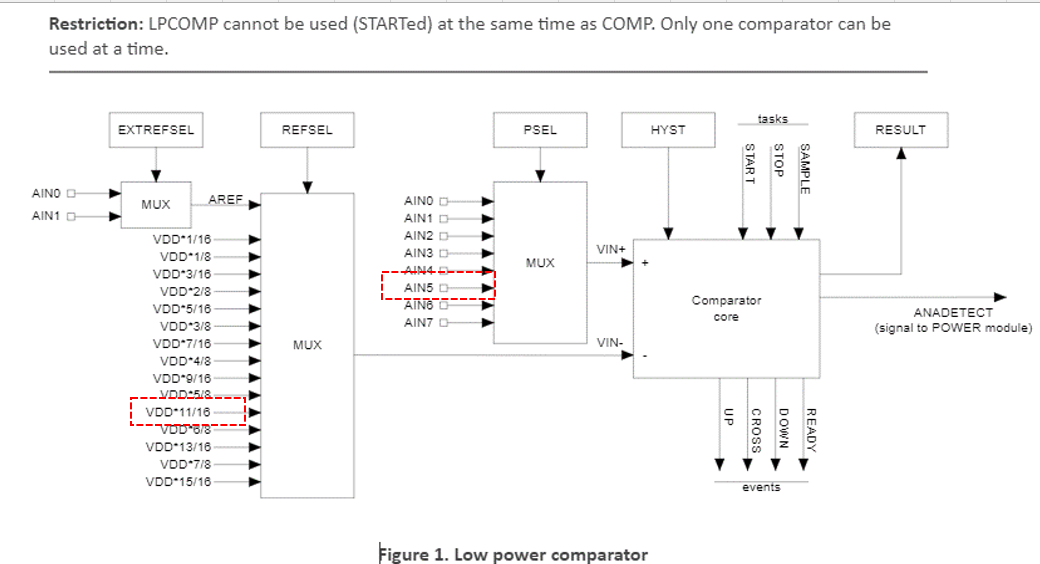
1-2) SW configuration is as follows.
- Basic LPCOMP settings -> LPCOMP event occurs -> Switch to ADC to read battery voltage -> When below the reference voltage, LED display
- LPCOMP
static void lpcomp_event_handler(nrf_lpcomp_event_t event)
{
uint8_t bsp = 0;
if (event == NRF_LPCOMP_EVENT_DOWN)
{
//voltage_falls_detected++;
//voltage_falls_total++;
if( getlpcomp_chceck() == 0 )
{
bsp = getBsp_led_indication_stage();
if( ( bsp == BSP_INDICATE_IDLE ) || ( bsp == BSP_INDICATE_CONNECTED_OFF ) || ( bsp == BSP_INDICATE_USER_STATE_OFF ) )
{
bsp_indication_set( BSP_INDICATE_USER_STATE_BAT_ON );
}
}
}
}
static void lpcomp_init(void)
{
uint32_t err_code;
nrf_drv_lpcomp_config_t config = NRF_DRV_LPCOMP_DEFAULT_CONFIG;
config.input = NRF_LPCOMP_INPUT_2;
// initialize LPCOMP driver, from this point LPCOMP will be active and provided
// event handler will be executed when defined action is detected
err_code = nrf_drv_lpcomp_init(&config, lpcomp_event_handler);
APP_ERROR_CHECK(err_code);
nrf_drv_lpcomp_enable();
}
- ADC
nrf_drv_lpcomp_disable();
temp_bat = getBatVoltage();
nrf_drv_lpcomp_enable();
int32_t getBatVoltage( void )
{
uint8_t i;
int32_t temp_adc = 0;
for( i = 0; i < BAT_VOLTAGE_CNT; i++ )
{
temp_adc += BatVoltage();
}
temp_adc /= ( BAT_VOLTAGE_CNT );
gBatVoltage = (int32_t)( ( (float)temp_adc / 0.166666667L * 0.6L / 1024L ) * 1000 );
return gBatVoltage;
}
2-1) Review Symptoms
- LPCOMP: When it is lower than the reference voltage, check that it wakes up normally
- ADC: After LPCOMP wakes up, if the ADC is read and it is lower than the reference voltage, the LED should turn on, but the LED remains OFF
-> The strange thing is that after lowering the voltage below the low battery voltage and checking the wake-up by LPCOMP,
If the low voltage LED does not turn on by ADC, and the voltage is slightly increased by 0.1V, the low voltage is detected by ADC.



